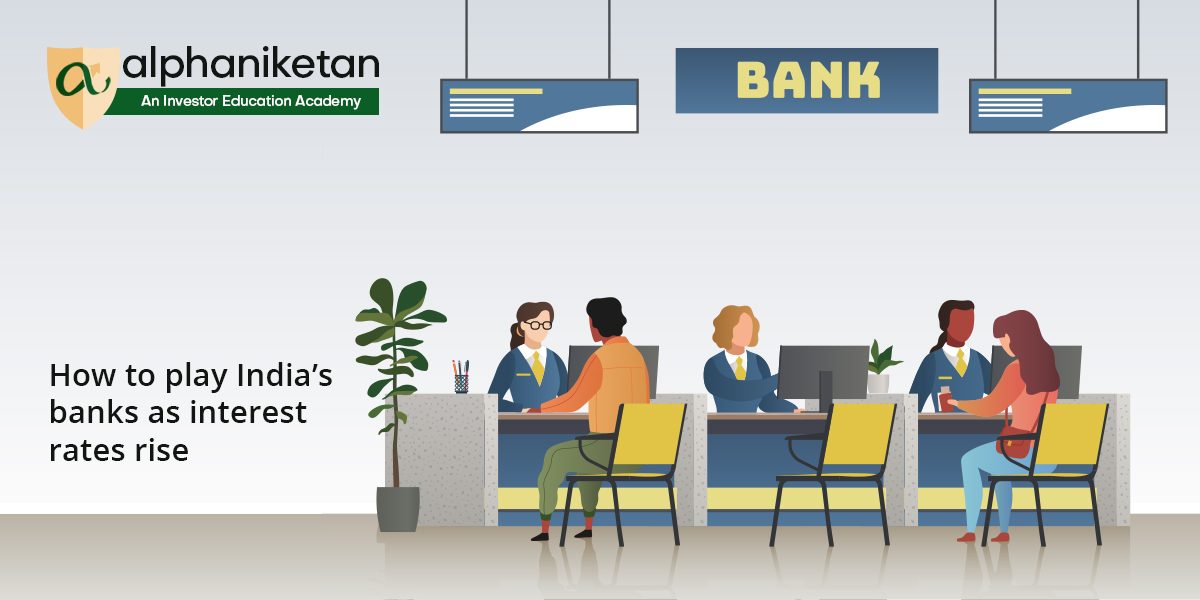If you plot a chart of the S&P BSE Sensex and the Bankex, an index that tracks the banking sector stocks, you will find a linear correlation for most of history. Things have changed a bit since the start of 2022. The Bankex has outperformed the Sensex significantly till now. That is despite financial services accounting for more than 40% of the Sensex. There is optimism about banks but not so much excitement about the frontline companies represented by the Sensex.
The turnaround of public sector banks is a primary reason for the Banking sector index to do well. The stock market has rewarded the public sector banks. The Nifty PSU bank index jumped over 14% in just a month, while the Nifty and Sensex have gained 4-5% in value.
The fundamentals of most banks are better than they were three years ago. That could be attributed to banks not lending during the COVID-19 pandemic and sitting on a pile of liquidity that allowed them to course correct. According to media reports, the non-performing loans fell to 5.8% in 2021-22 from 11.5% in 2017-18. Banks have adequate liquidity despite the Reserve Bank of India raising borrowing rates. Over the next few quarters, the optimism about banking sector stocks suggests that they would aggressively push for credit growth. That is supported by an improvement in the corporate balance sheets too. The average debt-equity ratio for India’s top 1000 listed companies by market cap is down to 0.29 in 2021-22 from 0.65 in 2012-13, according to CareEdge, a rating agency.
The low debt on corporate balance sheets prepares businesses for catering to a potential demand revival. Domestic retail credit growth is showing signs of resilience despite rising interest rates. However, a global slowdown could hurt exports. India is hoping to garner a share of manufacturing exports as multinational corporations look for a China +1 policy for outsourcing goods. If the global demand is hurt due to a recession in the US and Europe in 2023, that tailwind may not be available for India’s growth. Effectively, banks must rely on domestic consumption for future credit growth.
Yet, Uday Kotak, India’s top banker who runs Kotak Mahindra Bank, described the credit cycle as a necessary ‘Cinderella’ time. It is a dream situation for Indian banks. That includes both public sector and private sector banks. So far, India’s banks have witnessed consistent growth in lending led by large private sector banks like HDFC Bank, ICICI Bank and Kotak Mahindra Bank. With the government consolidating public sector banks and bringing in efficiencies in their operations, it bodes well for the future of the banking sector in India.
Additionally, India is witnessing a revolution in every aspect of financial services. In a recent report, Morgan Stanley, a global bank, bets on India’s Fintech companies to deliver the goods for how people borrow, buy insurance or do banking services. With the non-banking sector supporting the core banks in future growth, investors cannot ignore that, check our Perfect PSU alphamatter at www.alphaniti.com and find an array of our thematic alphamatters and sort your investments within a few clicks.
References:
What doctor ordered for Indian economy: Demand revival | Mint
‘Fantastic’ Earnings Could Give Indian Banking Stocks a Boost
Thank you for reading this post, don't forget to subscribe!




